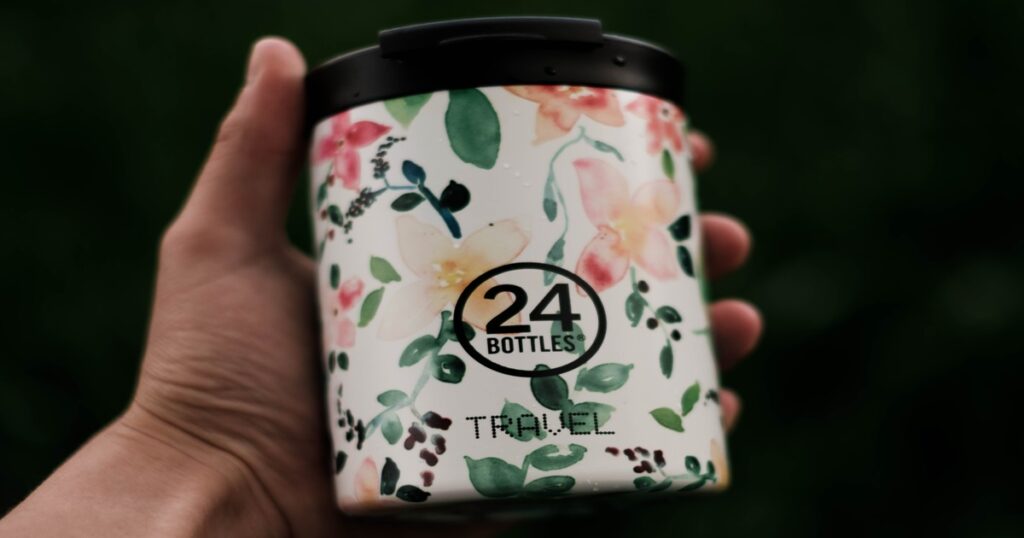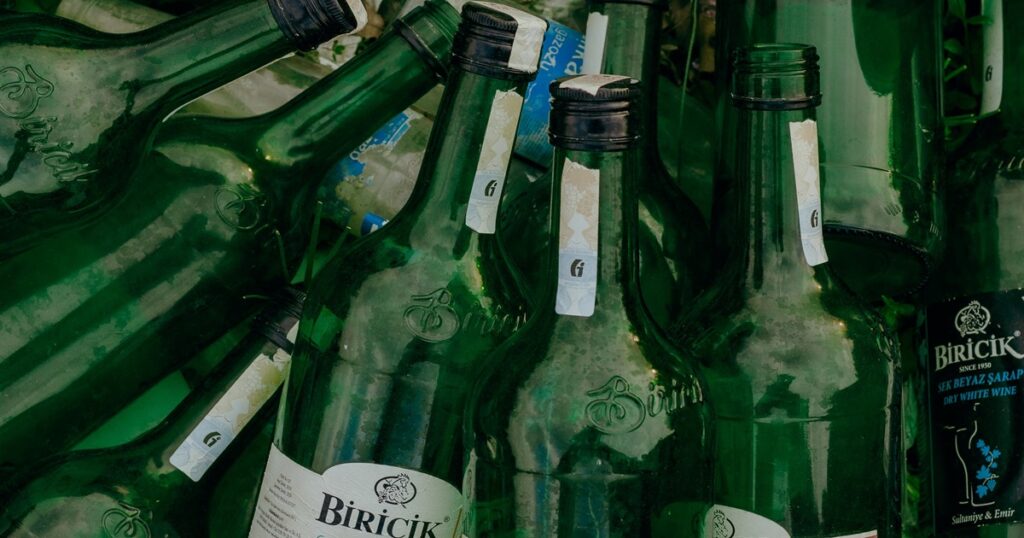Introduction: Embracing a Green Lifestyle
In an era marked by increasing environmental concerns, individuals and communities worldwide are embracing eco-friendly alternatives to reduce their ecological footprint. One of the significant shifts towards sustainability is the widespread adoption of reusable products. This blog post explores the key aspects of sustainable living and the growing popularity of reusable items.
The Environmental Impact of Single-Use Items
The Problem with Disposable Culture
The term “Disposable Culture” refers to the prevailing societal mindset that encourages the widespread use of single-use items and products designed for one-time use. The environmental impact of this disposable culture, particularly in the context of single-use plastic items, is substantial. Here are some key points to consider:
- Plastic Pollution: Single-use plastic items, such as bottles, bags, straws, and packaging, contribute significantly to plastic pollution. These items often end up in landfills, water bodies, and natural habitats, where they can take hundreds of years to decompose. In the meantime, they pose serious threats to the environment.
- Ecosystem Harm: The improper disposal of single-use items has direct consequences for ecosystems. Plastic waste in oceans and waterways can entangle marine life and birds, leading to injury or death. Additionally, the fragmentation of plastic into microplastics poses a hidden threat, as these particles can infiltrate the food chain and harm organisms throughout the ecosystem.
- Wildlife Impact: Animals often mistake plastic items for food, leading to ingestion. This can result in internal injuries, malnutrition, and, in some cases, death. The impact of plastic pollution on wildlife is a pressing concern, with many species suffering due to the presence of plastics in their habitats.
- Human Health Concerns: The chemicals used in the production of single-use plastics, such as bisphenol A (BPA) and phthalates, can leach into the environment. There is growing evidence suggesting potential adverse effects on human health, including hormone disruption and other health issues.
- Resource Depletion: The production of single-use items requires significant resources, including fossil fuels for plastic production and water for manufacturing processes. This contributes to resource depletion and environmental degradation.
The urgency to address the issues stemming from disposable culture has given rise to a global movement towards sustainable living practices. People are increasingly recognizing the need to reduce their reliance on single-use items and embrace eco-friendly alternatives that minimize environmental impact.
Embracing Change: The Appeal of Reusable Products
Convenience Meets Conscience: A Harmonious Blend
In the quest for sustainable living, the shift towards reusable products represents a harmonious blend of convenience and conscience. Traditionally, eco-friendly choices were seen as inconvenient or burdensome, but the evolution of reusable alternatives has shattered this misconception. People are realizing that they can seamlessly integrate sustainable practices into their lifestyles without compromising on the convenience they’ve grown accustomed to.
Reusable products, such as stainless steel water bottles, cloth bags, and travel mugs, are designed with the modern, on-the-go individual in mind. They offer the same level of ease and functionality as their disposable counterparts, making the transition to a more sustainable lifestyle both accessible and feasible.
Cost-Effective and Long-Term Savings: Investing in Sustainability
While the initial cost of reusable products might be slightly higher than their disposable counterparts, it’s essential to view this as an investment in sustainability. Consider it a commitment to a greener future and a way to contribute to the reduction of environmental impact. The durable materials and thoughtful design of reusable items ensure they withstand the test of time, outlasting the short lifespan of single-use alternatives.
Moreover, the long-term financial savings associated with reusable products become increasingly apparent. Continuous purchases of disposable items add up over time, creating a recurring expense. In contrast, a one-time investment in high-quality reusable products eliminates the need for repetitive purchases, resulting in significant cost savings in the long run.
This financial perspective is a crucial aspect of the appeal of reusable products. It not only aligns with environmental consciousness but also offers a practical incentive for individuals to make the switch. The realization that sustainable living can be both convenient and economically sensible acts as a powerful motivator, encouraging more people to adopt reusable alternatives and contribute to a more sustainable future.
Sustainable Living: Making Green Choices Accessible

Stainless Steel Water Bottles and Travel Mugs
In the effort to combat the pervasive issue of single-use plastic, stainless steel water bottles and travel mugs have emerged as essential tools for those dedicated to sustainable living. Unlike their disposable counterparts, these items are crafted from durable materials that withstand daily wear and tear. Beyond merely providing a sustainable alternative, stainless steel containers also offer the added benefit of temperature retention. Whether it’s a refreshing sip of water or a piping hot cup of coffee, these products keep beverages at the desired temperature for extended periods, enhancing both convenience and eco-friendliness.
Beeswax Wraps and Silicone Food Storage Bags
A revolutionary departure from traditional plastic wrap, beeswax wraps and silicone food storage bags have become champions in the kitchen for environmentally conscious individuals. Beeswax wraps, made from cotton infused with beeswax, resin, and jojoba oil, provide a malleable and breathable cover for food items. Silicone food storage bags, on the other hand, offer a durable and reusable solution to replace disposable plastic bags. What sets these alternatives apart is not only their reusability but also their biodegradability. As opposed to contributing to the persistent problem of plastic pollution, these options provide a sustainable approach to the common challenge of food storage in households.
Cloth Diapers and Menstrual Cups
The shift towards sustainability extends to parenting choices with the increasing popularity of cloth diapers. Parents are recognizing the environmental toll of disposable diapers, which often take centuries to decompose. Cloth diapers, made from washable and reusable materials, offer a practical and eco-friendly solution to diapering needs, reducing both waste and resource consumption.
Similarly, menstrual cups have revolutionized feminine hygiene by providing a reusable and cost-effective alternative to traditional sanitary products. Made from medical-grade silicone, rubber, or elastomer, these cups offer a reliable and leak-free option while significantly reducing the environmental impact associated with disposable pads and tampons. The growing adoption of cloth diapers and menstrual cups reflects a broader commitment to waste reduction and sustainable living practices.
By embracing these popular reusable products, individuals not only contribute to the reduction of single-use items but also make environmentally conscious choices a seamless part of their everyday lives. These alternatives prove that sustainability can be practical, accessible, and align with the diverse needs of individuals and families.
Sustainable Living: Small Changes, Big Impact

Educating for Change
Central to the success of the sustainable living movement is the power of education, fostering a cultural shift towards sustainable living with reusable products. By providing individuals with information about the environmental consequences of their choices, we empower them to make informed decisions. Understanding the impact of daily actions, such as choosing reusable products over disposable ones, fosters a sense of responsibility toward the planet.
Education plays a crucial role in debunking myths and misconceptions about sustainability. It helps individuals see that small, everyday choices can collectively lead to significant positive outcomes for the environment. Whether it’s the reduction of plastic waste, conservation of resources, or the promotion of biodiversity, an educated populace is better equipped to contribute meaningfully to the global effort for sustainability.
Moreover, education extends beyond just awareness. It involves teaching practical skills, such as proper waste disposal, recycling techniques, and the benefits of choosing sustainable alternatives. By integrating sustainability education into various facets of society, from schools and workplaces to community programs, we lay the foundation for a culture that values and actively pursues eco-friendly practices, ultimately promoting sustainable living with reusable products.
Supporting Sustainable Brands
As the demand for reusable products rises, supporting eco-conscious brands aligns with the goal of sustainable living through reusable products. These businesses prioritize sustainability in sourcing, manufacturing, and packaging, offering environmentally friendly alternatives. Choosing products from these brands not only contributes to a market shift but also endorses their commitment to responsible practices, including ethical standards and circular economy principles. This positive feedback loop, driven by increased demand for eco-friendly options, accelerates the transition towards a circular economy, reinforcing efforts to build a more sustainable future. By combining education with conscious consumer choices, individuals actively participate in the broader sustainability movement, creating a potential ripple effect for positive planetary impact. Building a sustainable future is achievable through intentional choices by informed individuals and businesses committed to making a difference.
Conclusion: Paving the Way for a Greener Tomorrow
As we navigate the challenges posed by climate change, the rise of eco-friendly alternatives provides a glimmer of hope. Sustainable living with reusable products is not merely a trend; it’s a necessary shift towards a more harmonious relationship with our planet. By making informed choices and embracing reusable solutions, each individual becomes an integral part of building a sustainable future for generations to come.








